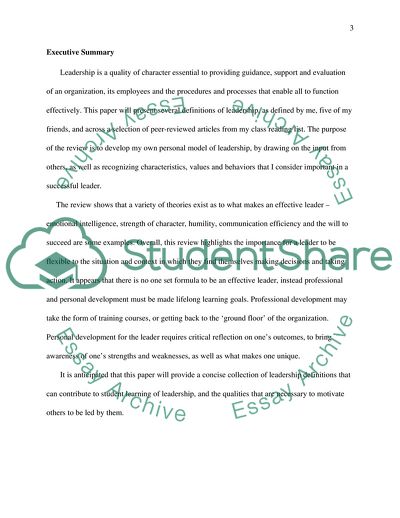Cite this document
(A Review of Definitions of Leadership Literature - 1, n.d.)
A Review of Definitions of Leadership Literature - 1. Retrieved from https://studentshare.org/human-resources/1704449-applied-leadership
A Review of Definitions of Leadership Literature - 1. Retrieved from https://studentshare.org/human-resources/1704449-applied-leadership
(A Review of Definitions of Leadership Literature - 1)
A Review of Definitions of Leadership Literature - 1. https://studentshare.org/human-resources/1704449-applied-leadership.
A Review of Definitions of Leadership Literature - 1. https://studentshare.org/human-resources/1704449-applied-leadership.
“A Review of Definitions of Leadership Literature - 1”. https://studentshare.org/human-resources/1704449-applied-leadership.


